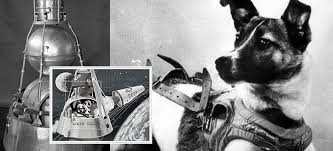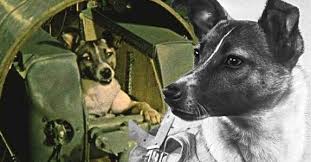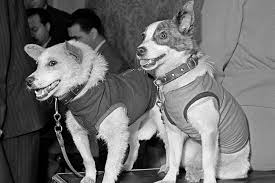LAIKA – A TRAGEDY IN THE QUEST FOR SPACE

LAIKA – A TRAGEDY IN THE QUEST FOR SPACE
63 years ago, a small stray dog named Laika was launched into orbit, becoming the first living creature from Earth to travel into space.
Laika did not volunteer. She was taken from the streets of Moscow, chosen for her small size and light-colored fur—ideal for cameras.
On November 3, 1957, Laika was sent into space aboard Sputnik 2.
But behind the scientific achievement lay a heartbreaking truth.
There was never a plan to bring Laika back.
Soviet officials initially claimed she survived several days in orbit.
In reality, she died just five hours after launch.
The spacecraft overheated due to poor insulation.
Laika died in extreme heat, fear, and total isolation.
Her heartbeat had tripled from stress even before leaving Earth.
Her suffering was hidden from the public for decades.
Only years later did scientists admit the truth.
One engineer confessed: “The more time passes, the more I’m sorry about it.”
Laika was a sacrifice for political prestige, not necessity.
She became a symbol—not of progress, but of cruelty.
Today, Laika represents the countless animals used in experiments.
Their voices are never heard.
Their pain is often ignored.
Their deaths, like Laika’s, are brushed aside for science.
We remember Laika—and the millions still suffering in silence.











